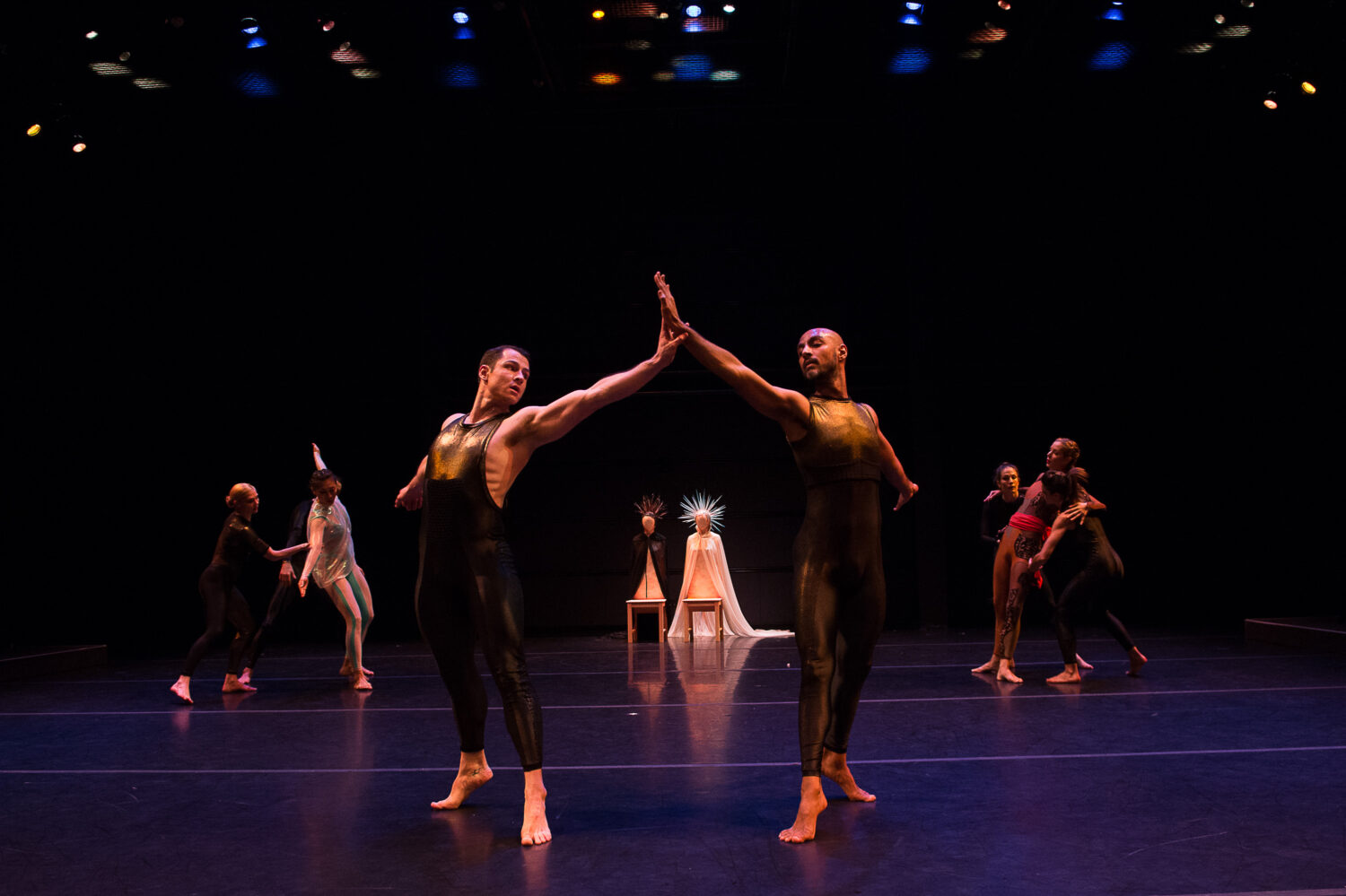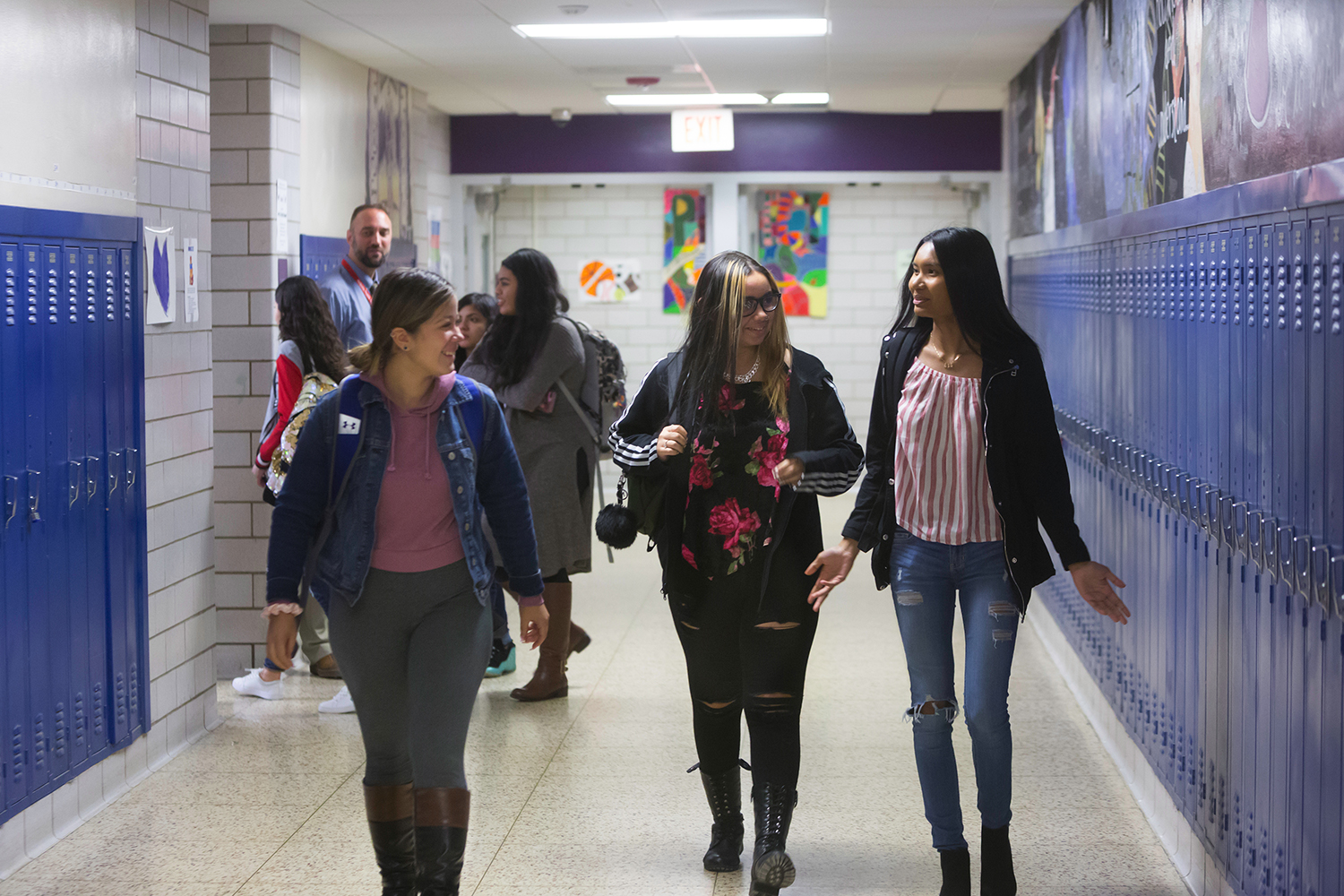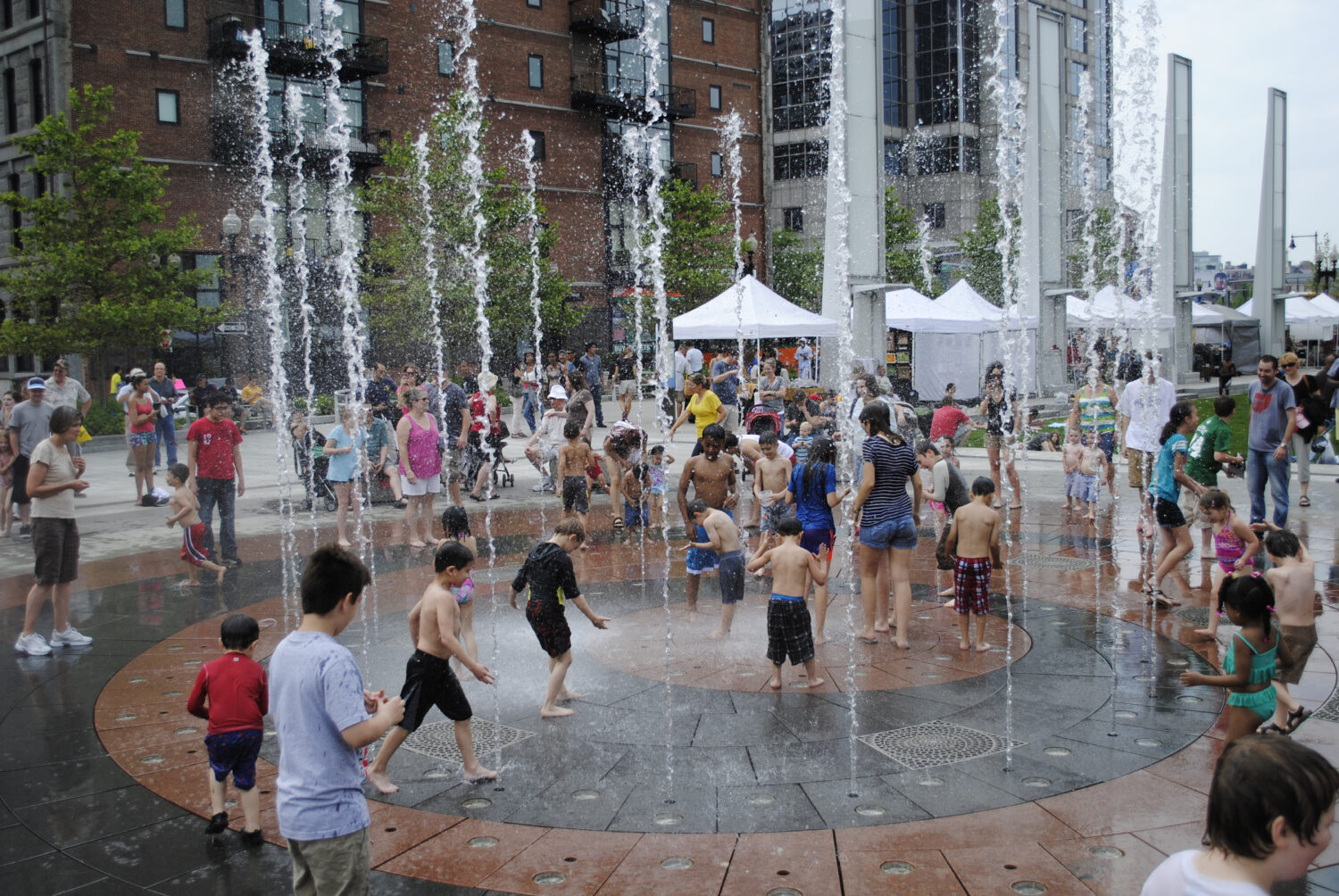What do you see in this picture? And what do you make of it?

This was a group of children that greeted us during a recent visit to Western Kenya with One Acre Fund, one of Barr’s grantees.
Whenever I go on site visits, I go with hopes to bring value—whether new ideas, networks, or resources. I also go to see, listen, and learn about progress, challenges, and opportunities our partners face, and especially about those we seek to impact. This visit was no exception.
When I saw these children, the first thing that came to mind was, “It’s Monday at 10:00 in the morning and these children are not in school.” I also noticed some were in tidy school uniforms. Others were not. I asked the mother of two of the children in uniform about this. She explained that, while two of her children were in school, these two were not (though they had attended some school in the past and were sporting their uniforms for our visit). She confirmed that the situation was similar for the other children in the photo as well.
“Why,” I asked? “The tyranny of the school fees,” she said.
A few days earlier we had been in the Rwenzori Mountains of Western Uganda visiting another grantee, Fair Trade USA. There we observed the same issue. While we saw many kids in school, like those in the photo below, when we spoke with a teacher he told us that, despite it being the second week of school, only about two thirds of the kids had so far “arrived.”

That money was a big issue was not surprising. But something in the way the woman used the word “tyranny” made me think.
Back at home, I looked up the numbers. According to the World Bank, the official primary school net enrollment rate in Uganda is ninety-one percent (2011)—a big improvement from sixty-two percent in 1992. Much of the progress stemmed from the introduction of universal, tuition-free public primary education in Uganda in 1997.
Yet “tuition free” is, in fact, not free. Many fees persist—including for meals, books, and mandatory uniforms. In Kenya, for example, costs for uniforms and materials are in the range of $10–$20 per student per year. Expenses for food can be an additional $35 per child. These are for primary school. For secondary school, families pay roughly $250 per student per year. These may not seem like large amounts. Yet, with typical household incomes of a few hundred dollars per year, it is easy to see why school fees can be unaffordable.
Barr’s grant to One Acre Fund has, at least on its surface, nothing to do with education. It is focused on supporting the organization’s work with small-hold farmers to increase their incomes and livelihoods. One Acre Fund provides financing, seed and fertilizer, training, and post-harvest market support. It also provides tools to reduce energy use and to build resilience to a changing climate, such as tree seeds, rain index insurance, and solar lighting. Yet, farmers are not only farmers. They are also providers for their families, including children who need schooling. On average, small-hold farmers working with One Acre Found double profits on every planted acre and earn an additional $140 per year. Of that additional income, roughly $35 is typically used to buy food. The rest is used in varying ways, including for school fees.
Yet the challenge of paying school fees isn’t only the money. Many other factors can prevent children from attending schools, such as schools being far from home (a hindrance for smaller children), or help needed at home (an issue for older children, especially girls). Not having money then is the final straw, or one challenge too many. And even where groups like One Acre Fund can help increase family incomes, timing remains an issue. With participants being paid at harvest time and school fees due at planting, as we noticed in Uganda, there is a growing market for middle men. A middle man will stop, for example, at a farmer’s gate where he sees kids not in school. I would be happy to cover your children’s school fees, he says, if only you will fill these two bags with coffee at harvest time.
From the perspective of increasing access to school, this arrangement appears positive. Yet striking this bargain typically erodes farmers’ profits significantly. In return for cash now, they get a lousy price. For the coffee farmer in Western Uganda, the market price of those two bags of coffee may be a multiple of the school fees. Yet without savings or access to credit on more favorable terms, families have no other choice. As a result, many children, like those in the pictures, are going to school in fits and starts, or not at all.
To begin to address this challenge, One Acre is currently testing a maize loan storage program with 1,000 farmers. One Acre will store the Maize for the farmer so the maize can be sold closer to the time when school fees are due. Apart from the benefit of having money for school fees when they need it, families will typically also have more money, as maize prices long after harvest time are often significantly higher than right at the time when supply is at its peak.
Overall, our visit left me satisfied that One Acre Fund and Fair Trade are both on track to meet the benchmarks and outcomes we agreed to when Barr made those grants. I also felt encouraged that the 130,000 families served in 2013 by One Acre Fund were able to buy about 18,000 new and additional school years for their children. Yet, as usual, being on the ground and getting a deeper sense of what life is like for the rural poor, I left with many more questions about what can and must be done so that, one day, when I visit on a Monday at 10:00 in the morning, the only children I see are those too young for school.



